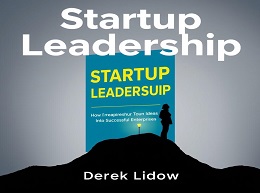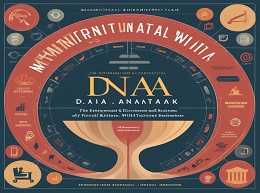The Mythical Man-Month: Essays on Software Engineering

A Classic in Software Engineering Literature
Fred Brooks’s seminal work, "The Mythical Man-Month: Essays on Software Engineering," remains a cornerstone of software engineering literature even decades after its initial publication. This collection of essays provides deep insights into the complexities of software development and project management, dispelling common myths and offering practical advice based on Brooks’s extensive experience. This review explores the key themes, lessons, and enduring relevance of "The Mythical Man-Month."
Understanding the Core Fallacy
The title essay, "The Mythical Man-Month," introduces the fundamental fallacy that adding more manpower to a late software project will help it catch up. Brooks famously states, "Adding manpower to a late software project makes it later." This is because the time required to train new team members and the increased complexity of communication outweigh the benefits of additional labor.
Modern Software Projects
Even in contemporary software development, many managers fall into the trap of overstaffing late projects. The coordination overhead and integration challenges typically lead to further delays, validating Brooks’s original insight.
Streamlining Roles for Efficiency
Brooks proposes the "surgical team" model for software development, where one primary developer (the "surgeon") is supported by a team of specialists who handle different tasks. This model contrasts with the traditional approach of assigning equal responsibility to all team members, which can lead to inefficiencies and bottlenecks.
Agile Teams
The Agile methodology, popular in today’s software development, echoes this concept by emphasizing specialized roles like product owner, scrum master, and development team, each focusing on their strengths to enhance overall productivity.
Avoiding Feature Creep
In "The Second-System Effect," Brooks warns about the tendency of engineers to overcompensate when designing their second major system by incorporating excessive features and complexity, often leading to failure. This cautionary tale advises maintaining simplicity and focus on core functionalities.
Software Versioning
Many software companies experience this with sequels or major updates. For instance, the transition from Windows Vista to Windows 7 saw Microsoft stripping down unnecessary features and focusing on performance, resulting in a more successful product.
Managing Team Coordination
Effective communication is a recurring theme in Brooks’s essays. He emphasizes that as the number of team members increases, the number of communication channels grows exponentially, complicating project coordination.
Remote Work and Distributed Teams
In today’s era of remote work and distributed teams, tools like Slack, Zoom, and Asana are essential for maintaining effective communication. However, the principle that more people lead to more communication complexity still holds true, necessitating clear structures and protocols.
Balancing Documentation with Development
Brooks advocates for comprehensive documentation throughout the software development lifecycle. Proper documentation ensures continuity, facilitates onboarding, and aids in maintenance.
Open Source Projects
Successful open-source projects like Linux and Apache thrive on detailed documentation that allows developers worldwide to understand, contribute to, and maintain the software, showcasing the enduring relevance of Brooks’s advice.
Navigating the Quagmire of Complexity
In "No Silver Bullet – Essence and Accidents of Software Engineering," Brooks uses the tar pit metaphor to describe the complex and often sticky nature of software projects. He distinguishes between "essential" complexity, inherent to the problem being solved, and "accidental" complexity, arising from the tools and processes used.
Legacy Systems
Many organizations struggle with legacy systems, where the accidental complexity of outdated technology and processes adds significant overhead to even simple tasks, highlighting the importance of Brooks’s distinction.
Building a Cohesive Team
Brooks emphasizes the importance of team dynamics and morale. He argues that well-motivated teams, with a clear understanding of their goals and roles, are crucial for successful project completion.
Google’s Project Aristotle
Google’s Project Aristotle found that psychological safety, dependability, structure, clarity, meaning, and impact were key to effective team performance. These findings align with Brooks’s emphasis on the human elements of software engineering.
Embracing Iterative Development
Brooks advocates for iterative development and prototyping to manage the inherent uncertainties in software projects. This approach allows for incremental progress, regular feedback, and adjustments based on real-world testing.
The Lean Startup Methodology
The Lean Startup methodology, with its focus on building minimum viable products (MVPs) and iterating based on user feedback, exemplifies the iterative approach Brooks championed, enabling startups to navigate uncertainty and validate their ideas quickly.
The Timeless Wisdom of Brooks
"The Mythical Man-Month" offers timeless wisdom for anyone involved in software development or project management. Brooks’s insights into the human, technical, and managerial aspects of software engineering remain relevant, providing valuable lessons for navigating the complexities of modern software projects.
Beyond Software Engineering
While rooted in software engineering, the principles and insights from "The Mythical Man-Month" extend beyond this field. The emphasis on clear communication, effective team dynamics, iterative development, and the pitfalls of overstaffing and complexity are universally applicable in various domains. Brooks’s work continues to inspire and guide professionals across industries, proving that the core challenges of innovation and execution are timeless.













